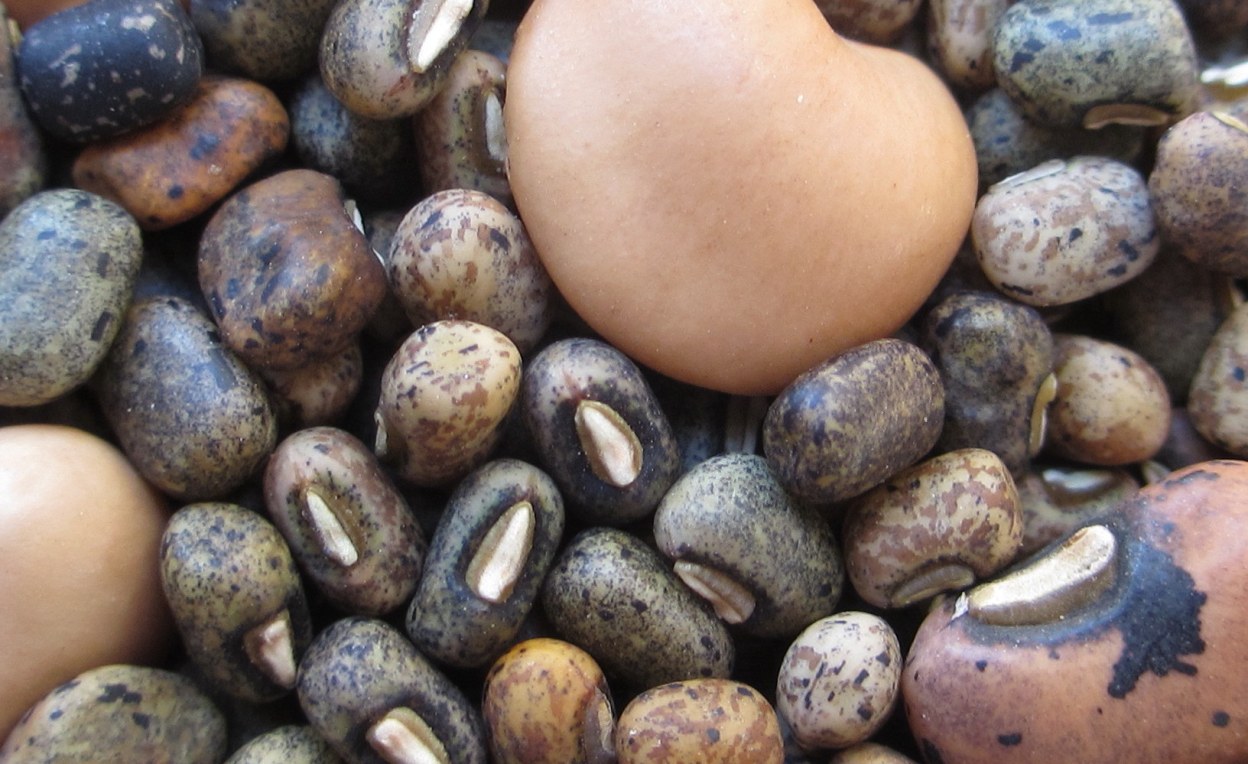Read in
Due to the country’s diverse ecosystem, the African Agricultural Technology Foundation (AATF) hasidentified a suitable cowpea planting window, commonly known as beans.
Windows help farmers manage their vulnerability to climate change, according to Dr. Jean-Baptiste, WestAfrica regional representative for the AATF, revealed the news during a visit to Pandagric farms near Kefi,Nasarawa state. Did.
AATF’s dry season cowpea production includes over 35 hectares of panda cowpea fields. This ensures thatstrains produce at peak times when pest pressure or other climate vulnerabilities are not present.
Dr. Baptiste said the effects of climate change,too much or too little rainfall, and an early end of the rainyseason meant that beans were not reaching their optimal potential, making it difficult for Nigerian farmersto harvest their crops. has become difficult, he added. “After carefully examining the situation, we foundthat climate uncertainty often hampered yields because farmers were not told when to plant. It isimportant that farmers are closely coached because there are many surprises,” he said.
He pointed out that farmers have been struggling with some uncertainties related to rainfall patterns inrecent years, leading to a significant decline in cowpea productivity.
“Either there is too much rain and the cowpea farms are flooded everywhere as a result of flash flooding,or the rain suddenly stops, or drought occurs when the crops need enough water.” He said.
He advised cowpea growers to take advantage of the planting windows identified after careful study ofweather patterns over the past few years. According to him, farmers in the Sahel region, which includesBorno, Yobe, Jigawa, and parts of Katsina and Sokoto states, aim to start planting from the third and fourthweeks of June on early rains. You have to maximize your chances and overcome the chances of rainfall.On the other hand, people in the Sudan Savanna region, including Kebi, Sokoto, Zamfara, Katsina, Kano,Jigawa, Bauchi, Yobe, and parts of Borno State, should plant during the first to second week of July.
.
He also urged people in the savannas of northern Guinea (Bauchi, Kaduna, parts of Katsina, Kano,Zamfara) to start planting between the third week of July and the first week of August, Niger, SouthernGuinean savannah people, such as Kwara, plant Abuja, Adamawa, Taraba and some Gombe in the first tothird weeks of August.
Two years later, some growers took advantage of the productivity of the podworm-tolerant cowpea toconduct his two planting seasons in the planting year.
Zaria’s Ahmadu His Belo University Agricultural Research Institute statistics show that PBR ropy iscurrently the most desirable cowpea variety in the country. This variety is most preferred by farmersbecause of its early ripening, low chemical application, high yield and high productivity.



